The five minute guide to 'The Great Gatsby', a century on from its publication
'The Great Gatsby' sold poorly the year it was published, but, in the following century, it went on to become a cornerstone of world literature.
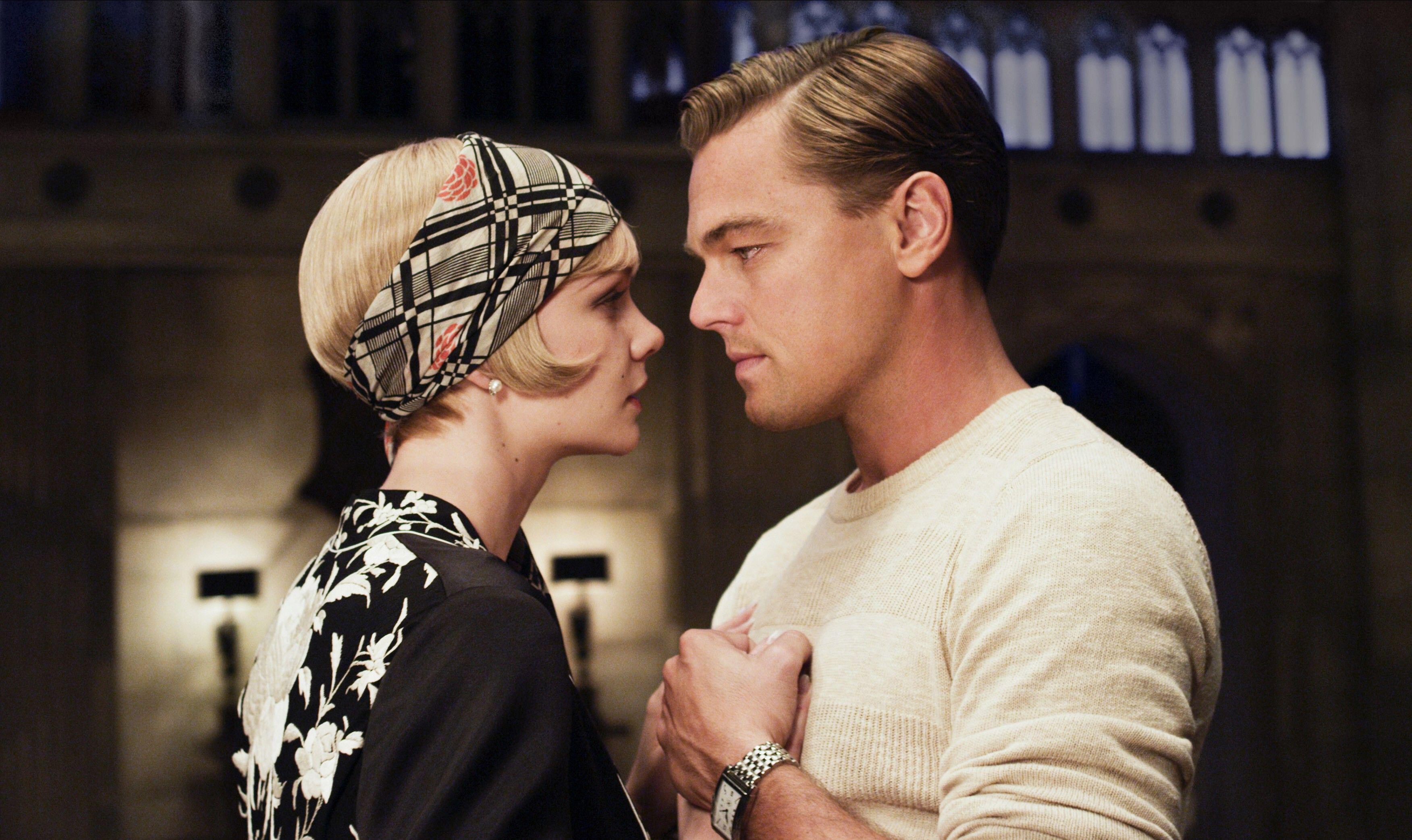

On April 10, 1925, Charles Scribner’s Sons published the latest novel by Francis Scott Fitzgerald. It sold poorly that year, but, in the following century, it went on to become a cornerstone of world literature: The Great Gatsby. Almost on its centenary to a day, on April 11, the musical version has its West End premiere, about a year after its Broadway debut. Despite mixed reviews across the Atlantic, this — together with the book’s anniversary — has renewed attention on the Jazz Age Scott Fitzgerald so vividly portrayed.

- The end of the First World War and the return to prosperity and international travel fuelled a boom in fashion, design, jewellery, the decorative arts and architecture in early-1920s America. Floral motifs abounded in the first half of the decade, later replaced by geometric ones and a fascination with speed, but other notable influences included (despite persistent racism) African art, which went hand in hand with the rise of jazz, and ancient Egyptian culture.
- Glamour, innovation, exquisite craftsmanship and opulent materials became the byword for the age. A notable example was Cartier’s series of mystery clocks. Although invented in 1912 (a 1914 version of the original Model A can be viewed at the V&A exhibition devoted to the French maison; ‘Sparkling society’, March 26), they became particularly ornate in the 1920s, with gemstone or gold hands that seemed to float against a glass or crystal disc and elaborate bases, such as a carvedjade elephant or a Shinto temple.
- Although ‘Avantgarde shapes, radical theory, and brazen combinations of colour and decoration… beckoned those who wanted to experiment with a new way of life,’ as Sarah Coffin writes in The Jazz Age: American style in the 1920s, an interest in antiques rivalled the Modernist wave. Gatsby’s own house was stuffed with antiques: Marie Antoinette music rooms and Restoration salons, the ‘Merton College Library’ and Gatsby’s Adam study.
- Cars came of age in the 1920s and they feature prominently in Scott Fitzgerald’s book, with Jay Gatsby driving a ‘rich cream’ Rolls-Royce of ‘monstrous length’. In the 1974 film version, Robert Redford had a 1928 Phantom I Ascot Sport Phaeton (pictured), which was sold at auction in 2009 for $238,000 and again in 2022, when it fetched $967,500.
- Changes in women’s lifestyle sparked demand for unstructured clothes with shorter hemlines, French-inspired accessories, from cigarette holders to perfume bottles, and jewellery — not least head-pieces that showed off newly cropped hair. When Nick Carraway first arrived at Tom Buchanan’s house and met his cousin Daisy and her friend Jordan Baker: ‘They were both in white, and their dresses were rippling and fluttering as if they had just been blown back in after a short flight around the house.’ Gatsby’s death would quell that floaty illusion, just as the Great Depression would put an end to the spirit of the Jazz Age.
Exquisite houses, the beauty of Nature, and how to get the most from your life, straight to your inbox.
Carla must be the only Italian that finds the English weather more congenial than her native country’s sunshine. An antique herself, she became Country Life’s Arts & Antiques editor in 2023 having previously covered, as a freelance journalist, heritage, conservation, history and property stories, for which she won a couple of awards. Her musical taste has never evolved past Puccini and she spends most of her time immersed in any century before the 20th.
-
 A simply perfect thatched cottage in Devon, with charm, walled gardens and all the space you need for family life
A simply perfect thatched cottage in Devon, with charm, walled gardens and all the space you need for family lifeThatched cottages are often pretty, but pretty small — but Julie Harding finds one brings which blends cottage charm with the space of a country manor.
-
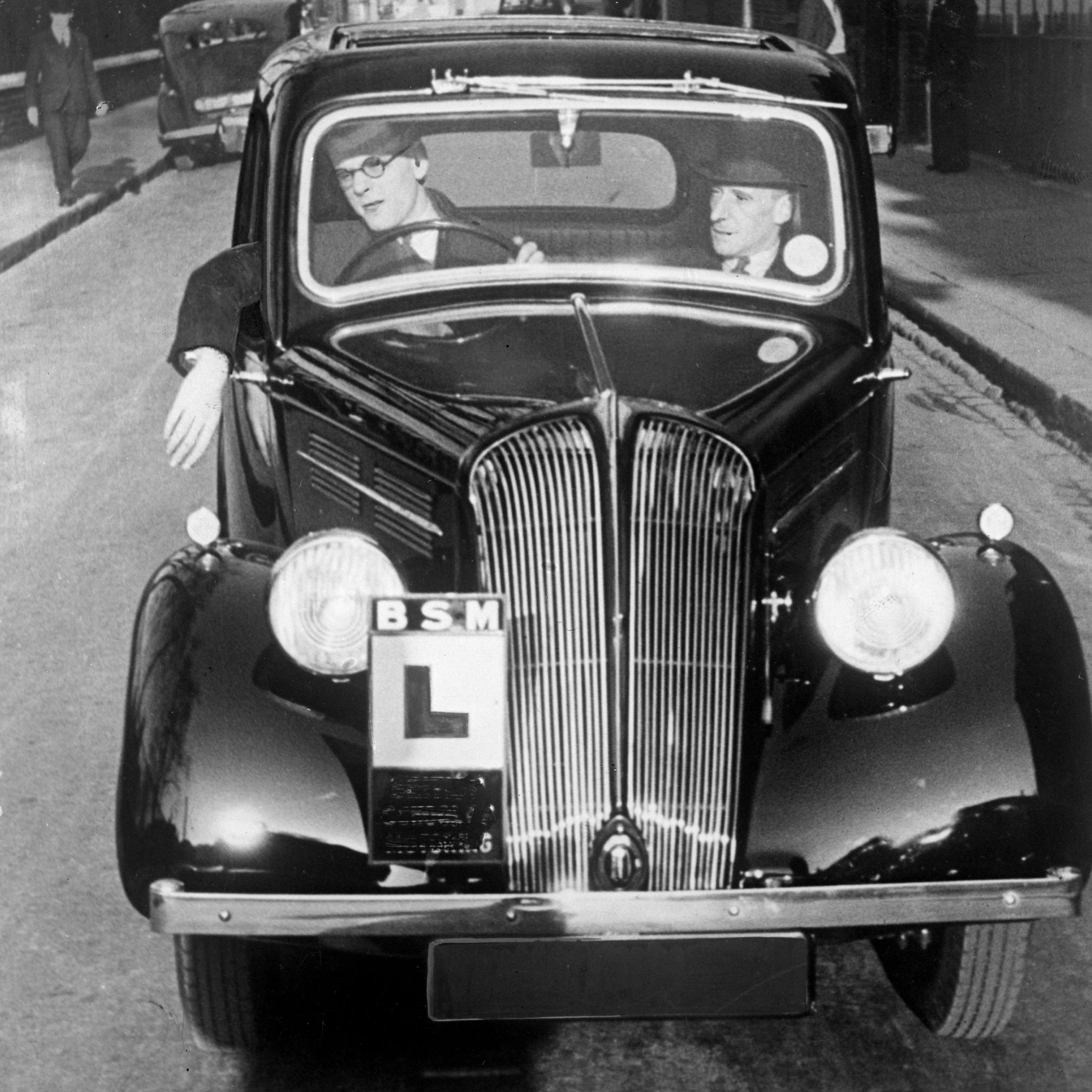 How many people pass their driving test first time? Country Life Quiz of the Day, November 13, 2025
How many people pass their driving test first time? Country Life Quiz of the Day, November 13, 2025Test your general knowledge in today's Country Life quiz.
-
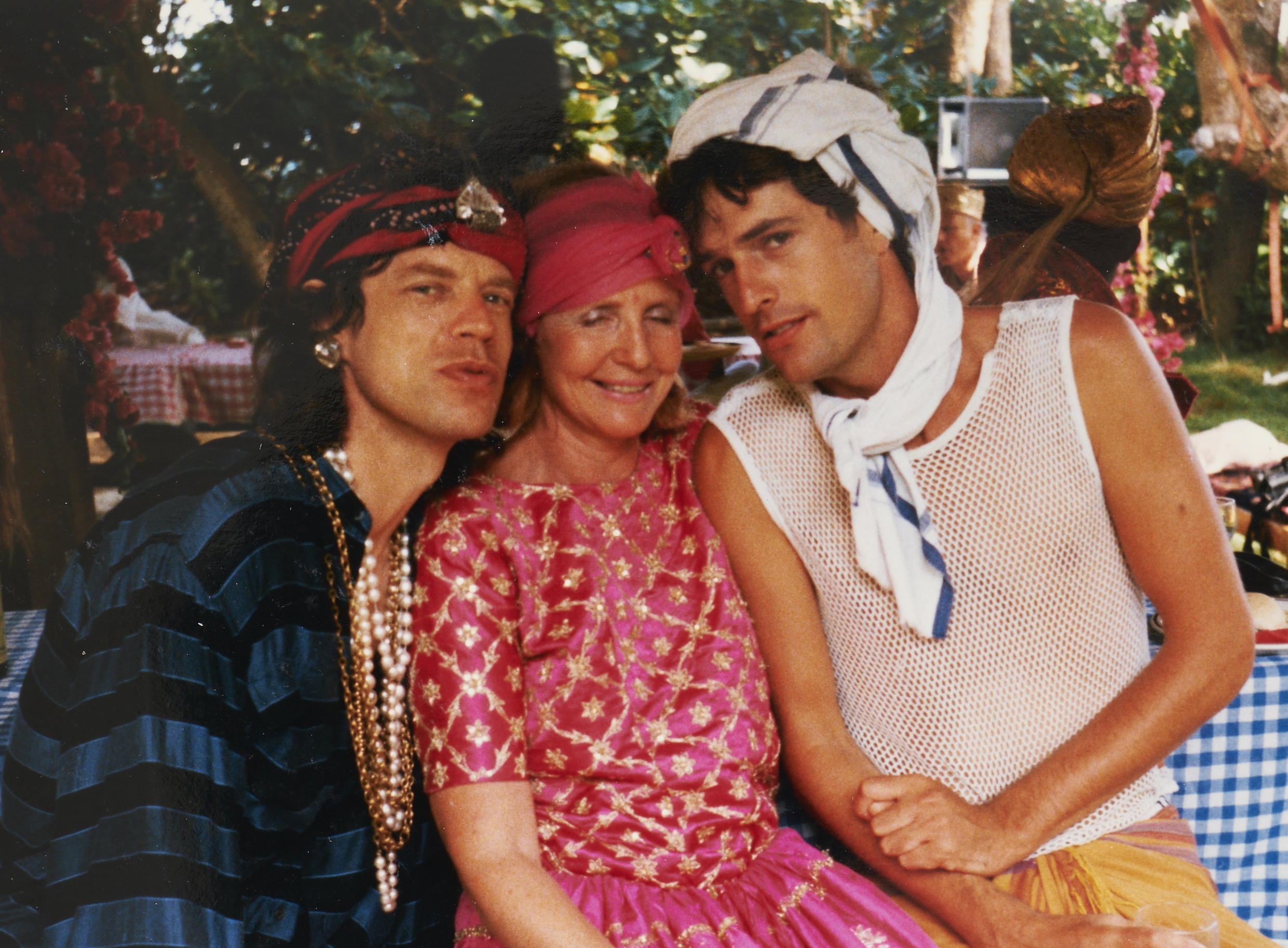 Items from the collection of Lady Glenconner are going under the hammer, including a nine-carat gold Cartier box gifted to her by Elizabeth II
Items from the collection of Lady Glenconner are going under the hammer, including a nine-carat gold Cartier box gifted to her by Elizabeth II‘I have had such great pleasure living with these wonderful objects, each telling their own fascinating story.’
-
 What do women want (on wheels)?
What do women want (on wheels)?James Fisher gets to drive fast cars for a living, but are sleek lines and high horsepower quite the 'babe magnets' so many men think they are? On a quest to find the truth, he dared do the unthinkable.... which was to just ask them.
-
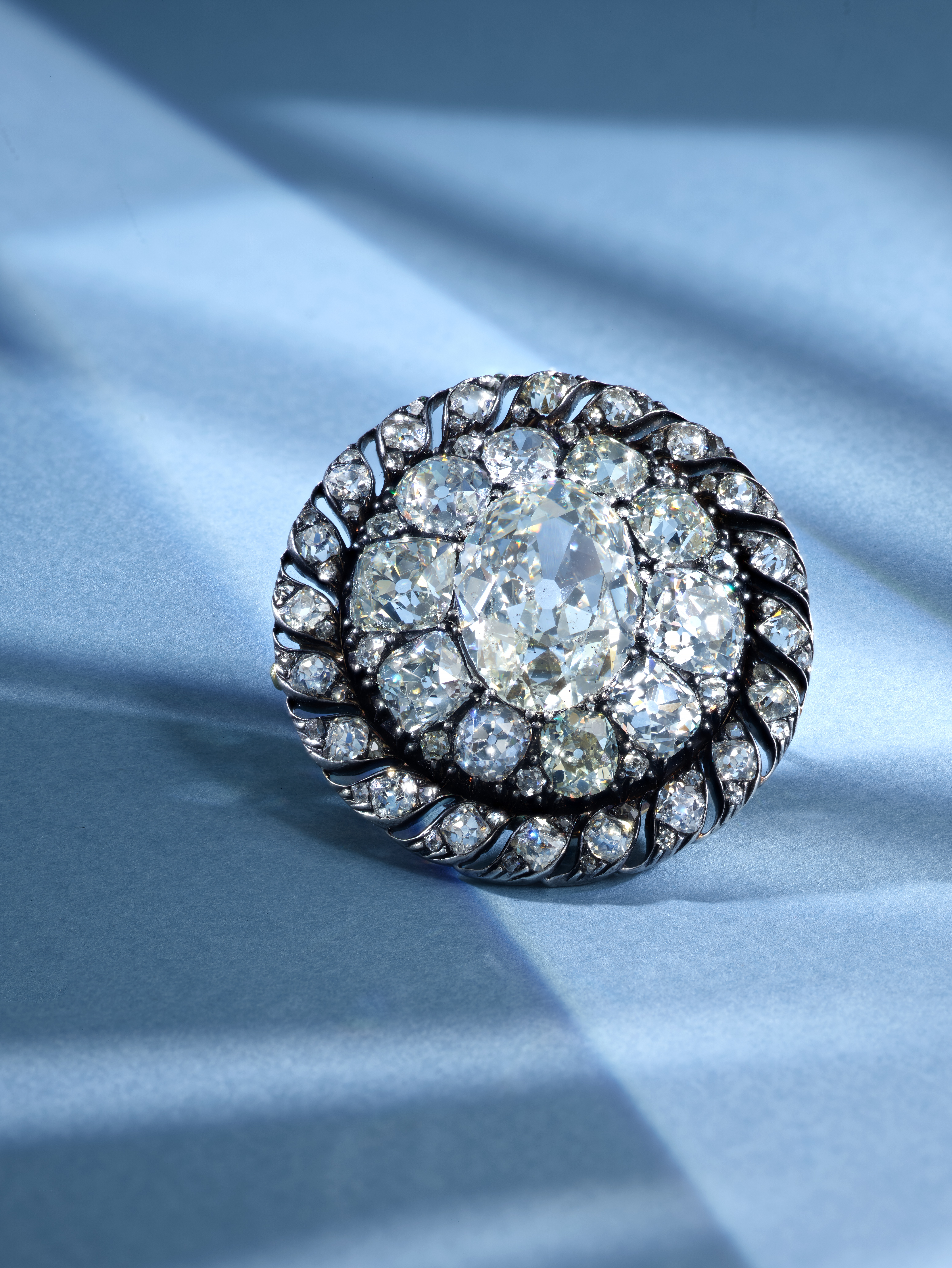 Cheaper to steal than to buy: Napoleon's brooch sells for £4.4 million – 17 times its estimate
Cheaper to steal than to buy: Napoleon's brooch sells for £4.4 million – 17 times its estimateNapoleon's one-of-a-kind brooch went under the hammer and vastly outstripped its pre-sale estimate.
-
 Savile Row might be the beating heart of bespoke men's tailoring, but it was named after a woman
Savile Row might be the beating heart of bespoke men's tailoring, but it was named after a womanSavile Row is the home of the bespoke suit, but its history is a lot more colourful than you might expect.
-
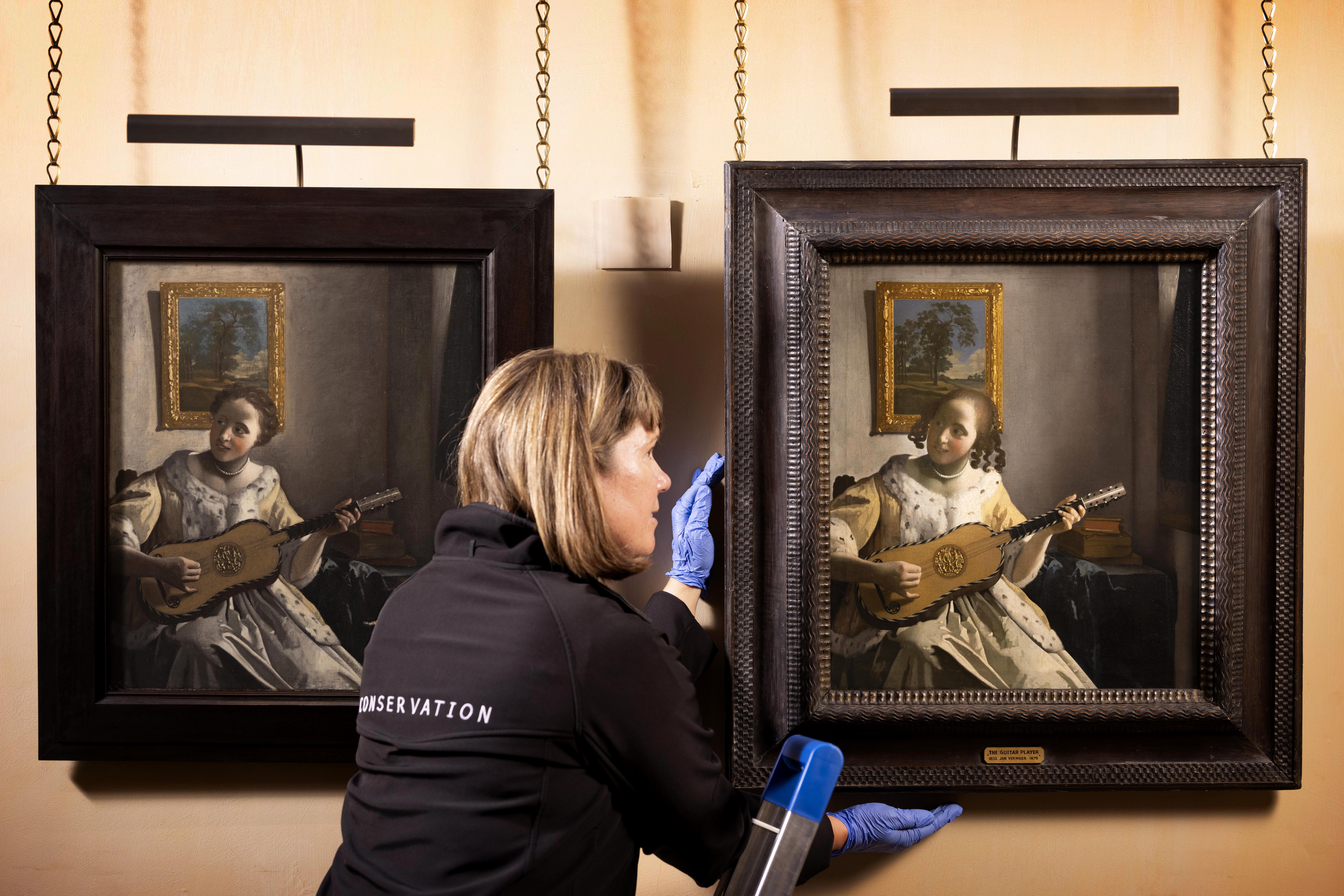 A painting owned by Edward Guinness is on display next to a near identical version at Kenwood House — but which one is the real Vermeer?
A painting owned by Edward Guinness is on display next to a near identical version at Kenwood House — but which one is the real Vermeer?A mini exhibition at Kenwood House allows viewers to ‘to practise their own connoisseurship’.
-
 What is everyone talking about this week: The great generational wealth transfer foretold by the financial press has already begun in the form of given heirlooms
What is everyone talking about this week: The great generational wealth transfer foretold by the financial press has already begun in the form of given heirloomsIf you're planning to propose to someone forget Graff or Cartier because it's time for tea with Granny.
-
 Omoda 9: Not a Range Rover, but it might be the next best thing
Omoda 9: Not a Range Rover, but it might be the next best thingOmoda, one of the host of Chinese-made cars now on offer in the UK, presents its flagship SUV. We found a car of no frills, and plenty of luxury, at an extremely reasonable price point.
-
 A handful of Scotland's last available freshwater pearls have been transformed into 'mesmerising' pieces of jewellery
A handful of Scotland's last available freshwater pearls have been transformed into 'mesmerising' pieces of jewelleryEdinburgh jeweller Hamilton & Inches have been trusted to handle the incredibly rare organic gemstones.
